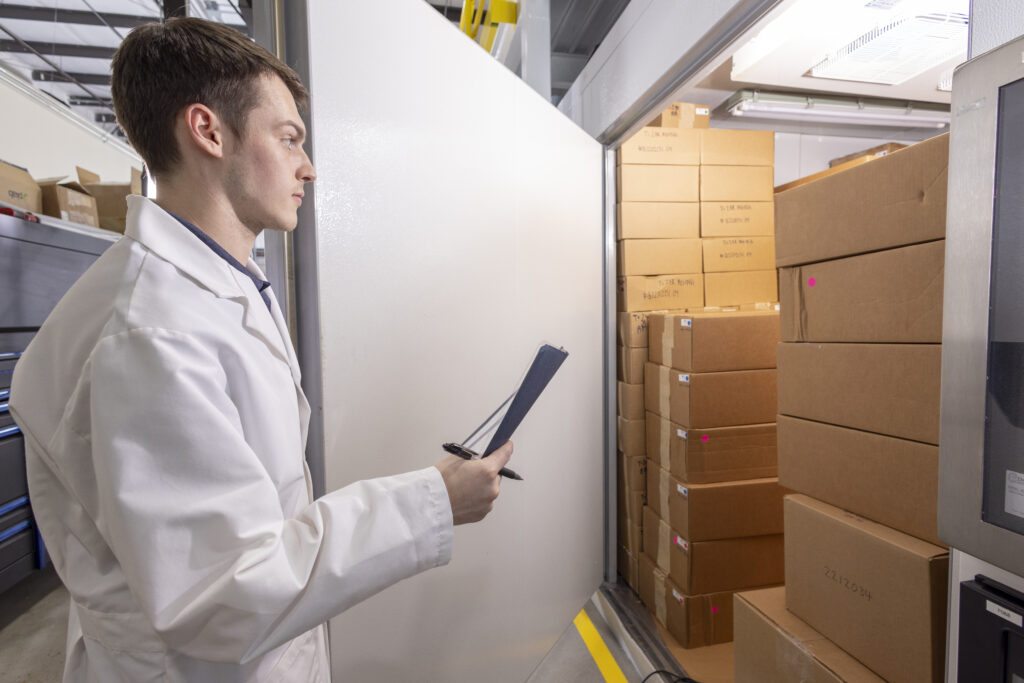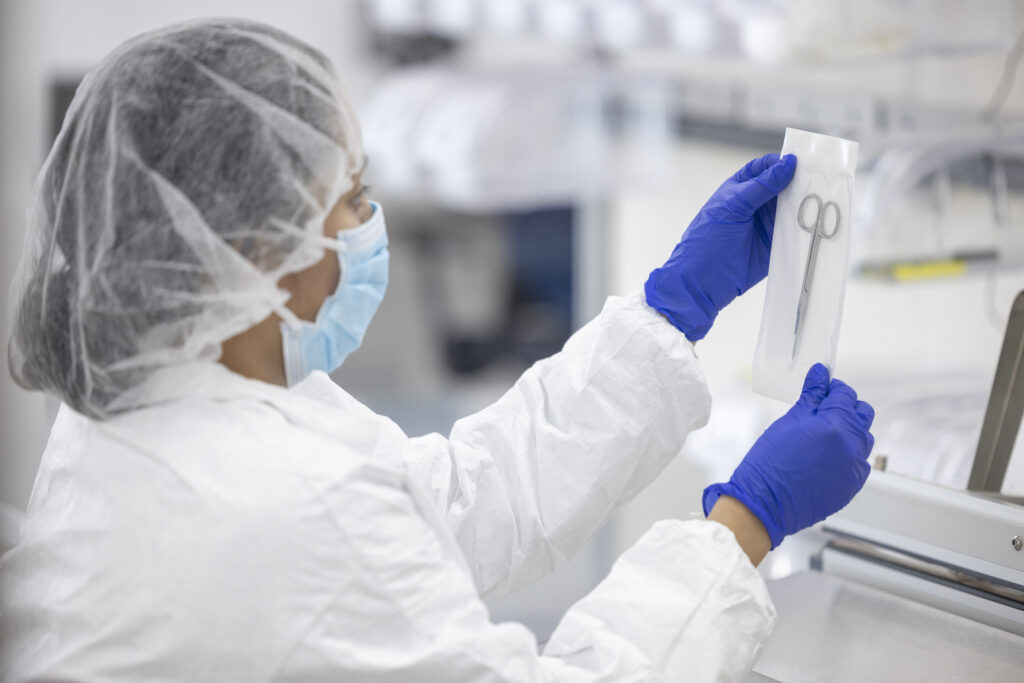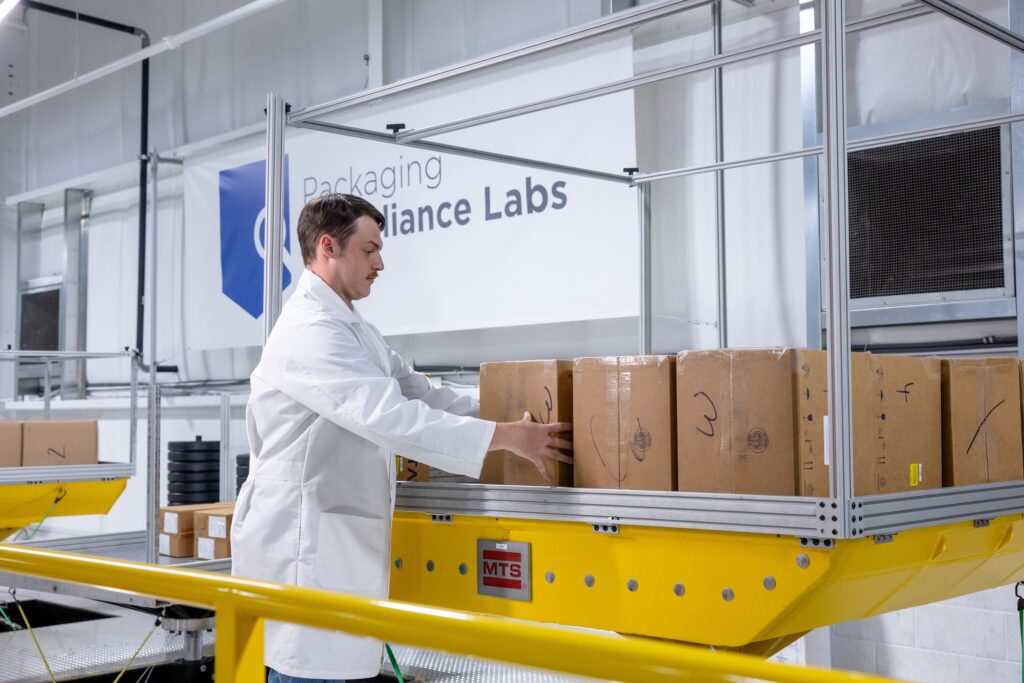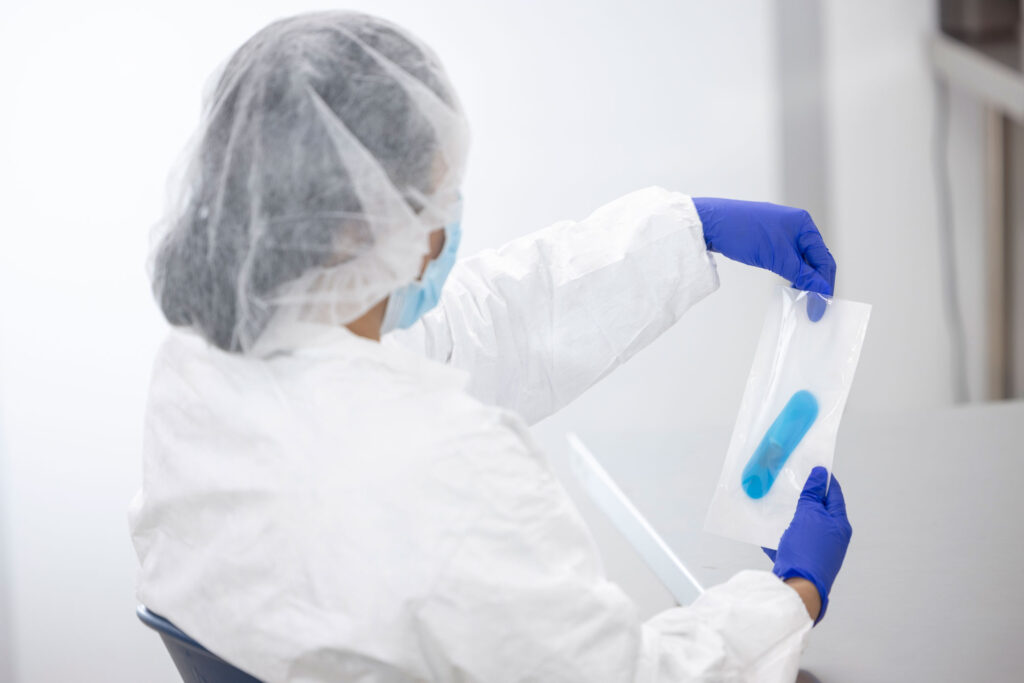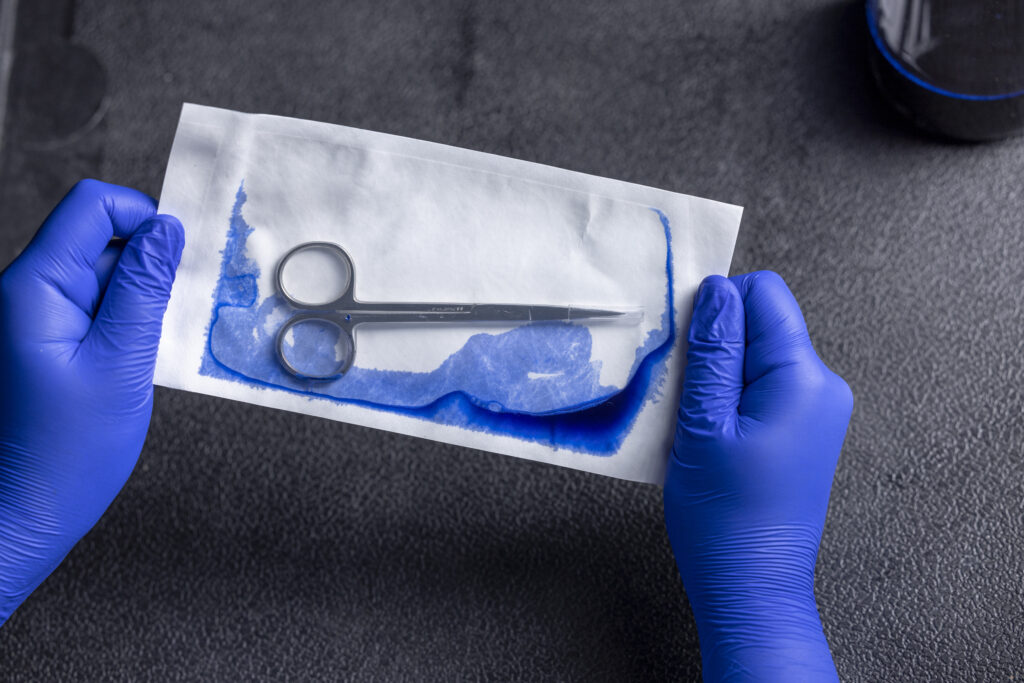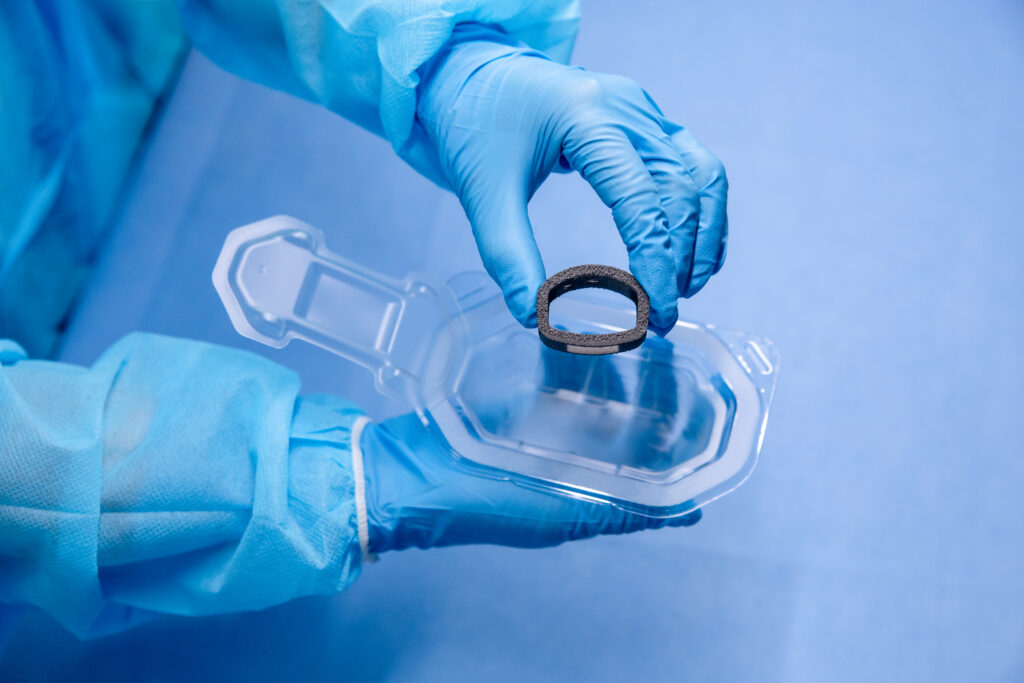
Featured Update
- Blog
Why You Shouldn’t Overlook Usability Evaluations During Your Next Validation
Throughout the sterilized medical device packaging validation process, a medical device manufacturer’s (MDM) primary focus is on making sure that the sterile barrier remains intact. A […]
December 1, 2025
